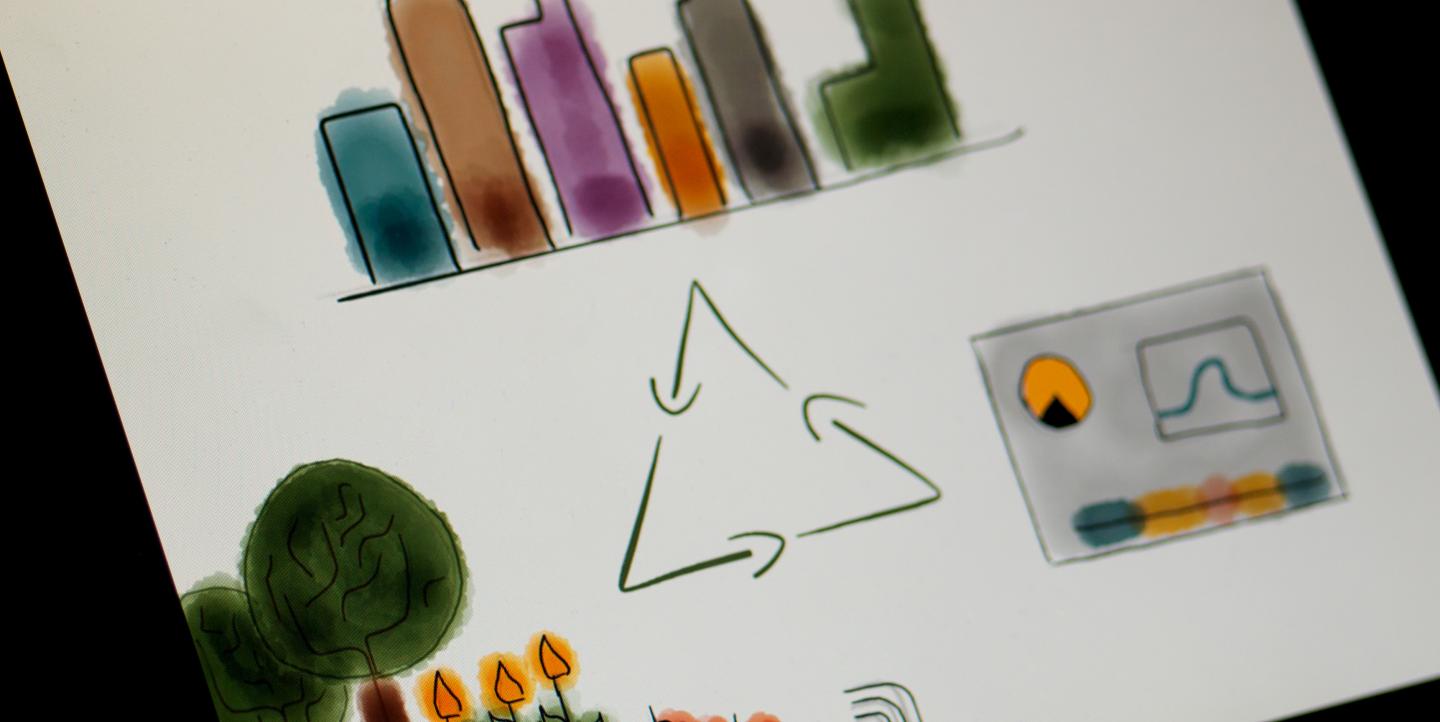The emerging field of sensor journalism gives reporters a way to capture data where none exists.
In my last post, I shared highlights of my video interview with Fergus Pitt, a post-doctoral research scholar at the Tow Center for Digital Journalism. He studies the principles, ethics and legal issues related to using sensors for reporting.
If you’re ready to get started with using sensors in your own reporting, Pitt recommends the affordable Arduino sensors, and reading the Arduino blog for project ideas.
Here are some inspiring projects that use sensors, along with resources to get you started on your own project:
Cicada Tracker uses sensors to monitor cicada activity along the U.S. East Coast. You can also learn how to build your own sensor.
Air Quality Egg is a community-led sensing effort to monitor air pollution. Learn more in this video with Albert Chao, one of the project's developers.
Videos on emerging topics in sensor journalism from a workshop in sensor journalism that was held at the Tow Center.
The Earth Journalism Network offers information on low-cost sensors to monitor air quality.
- Also check out the work of the Drone Journalism Lab.
Alyssa Mesich is communications manager at the Segal Family Foundation. She recently received her Master of Public Administration in Development Practice from the School of International and Public Affairs at Columbia University.
Creative Commons image courtesy of Flickr user Ars Electronica.

